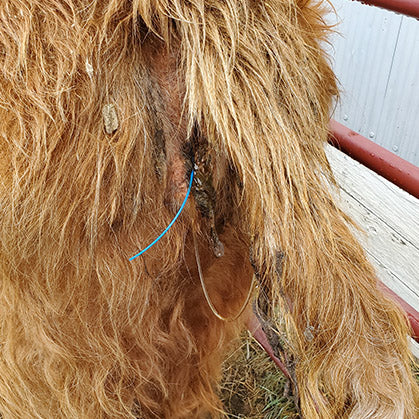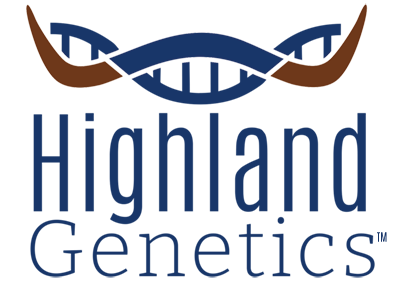In the farming world, heat or (standing heat) is when your cow/heifer is ready to breed. Knowing when your cow is in heat is very important when preforming Artificial Insemination (AI). The more accurate you can predict heat in your cattle the more successful you will be when breeding. Sometimes getting it down to the window of a few hours you can increase your percentage of success. There are two common ways to breed your cattle. First, you can try to detect when your cows are in heat naturally. Second, you can synchronize the estrus cycle of your cattle. This is a process used to essentially put your cattle into heat at the time you want them to breed. Synchronizing your cattle can be big time saver when you have multiple females you want to breed at once. This can also decrease cost of having a technician come out multiple times.
 |
 |
Heat DetectionThere are numerous methods to detect heat, but most of them stem from one common behavior your cattle will exhibit. Typically, when a female is in standing heat, they will stand (which is where the term comes from) for another animal to ride them in-order to be breed. When you have multiple cows, steers, or heifers together without an intact bull, the other cows will ride your cow that is in heat. This allows a farmer to put an indicator on your cow’s tail that will rub off or create a mark such as a scratch off sticker, paint, or even a gel pack that breaks to indicate they were being ridden. This is a common method used to help farmers as we don’t all have time to watch our cattle all day long and watch for mounting. There are a few other methods, which are starting to grain ground, using sensors or computer driven software however they all use the same principle. In the end, you need to know when you cow/heifer is being ridden. |
Estrus SynchronizationThis a process of using a series of natural hormones to make a cow come into heat at a certain time. There are many different synchronization schedules, however they all revolve around a common practice of stopping the cow’s cycle and then restarting it to happen at a certain time. We have included some links that lay out the different practices, and we recommend speaking with your technician to select the best for your fold. |
